In Winter 2024, students enrolled in Dr. Margot Finn's ALA 264 Much Depends on Dinner worked in groups to research and write captions for food history materials in the Special Collections Research Center's Janice Bluestein Longone Culinary Archive and in the collections of the William L. Clements Library. These were featured on the Shapiro Library Screens in Bert's Study Lounge and are also presented below:
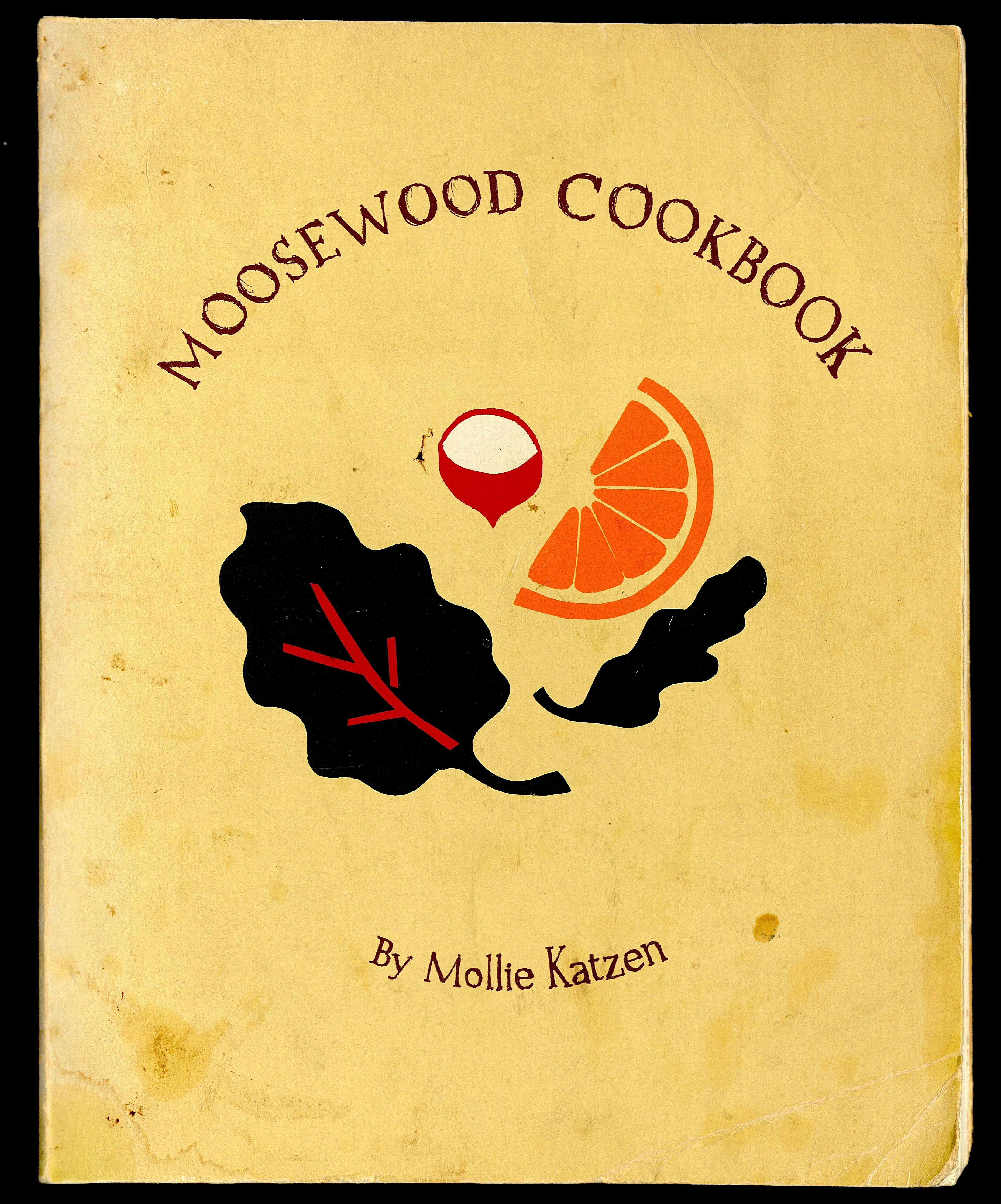
Katzen, Mollie & Mermelstein, Catherine B. (1977). The Moosewood cookbook : recipes from Moosewood Restaurant, Ithaca, New York. Berkeley, California: Ten Speed Press. In the Janice Bluestein Longone Culinary Archive.
“The most influential vegetarian cookbook of all time” – Wall Street Journal
The Moosewood Cookbook consists of authentic vegetarian food and dessert recipes that incorporate various cultures. Seven founders created the first Moosewood cookbook in 1972 in response to the rise of vegetarianism during the 20th century. These recipes range from the Mushroom Moussaka to the Cardamom Coffee Cake – an Indian spice incorporated into the classic German coffee cake. These simple yet healthy recipes are cooked at the Moosewood restaurant in Ithaca, New York. Make sure you visit the restaurant on your next trip!
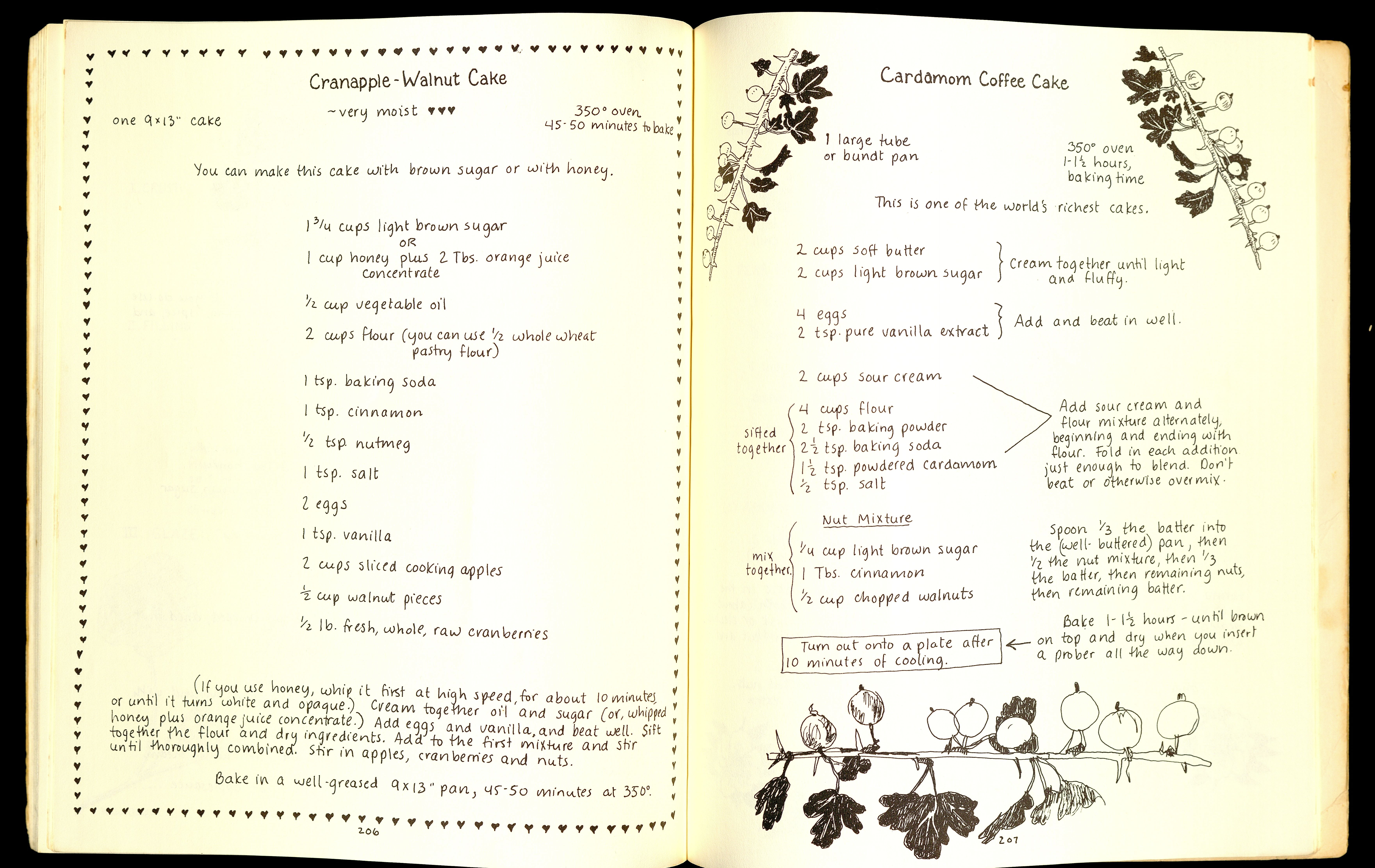
Katzen, Mollie & Mermelstein, Catherine B. (1977). The Moosewood cookbook : recipes from Moosewood Restaurant, Ithaca, New York. Berkeley, California: Ten Speed Press. In the Janice Bluestein Longone Culinary Archive.

Bachelor in New Orleans. Bob Riley Studios Inc., New Orleans, LA, 1942. In the William L. Clements Library
"A Bachelor in New Orleans is any man or woman who gets off a train or bus or plane or out of a car or wheel-chair alone and unguarded.”
Published in 1942, author Robert Kinney emphasizes the “romanceability, drinkability, and nonchalance” of the bachelor through slightly satirical guidance on how to have a memorable night out. Accompanied by 40 vibrant block prints from Eugenia and Bob Riley, this guidebook provides a spirited glimpse into New Orleans’s exuberant nightlife, complete with delicious authentic food and strong libations.
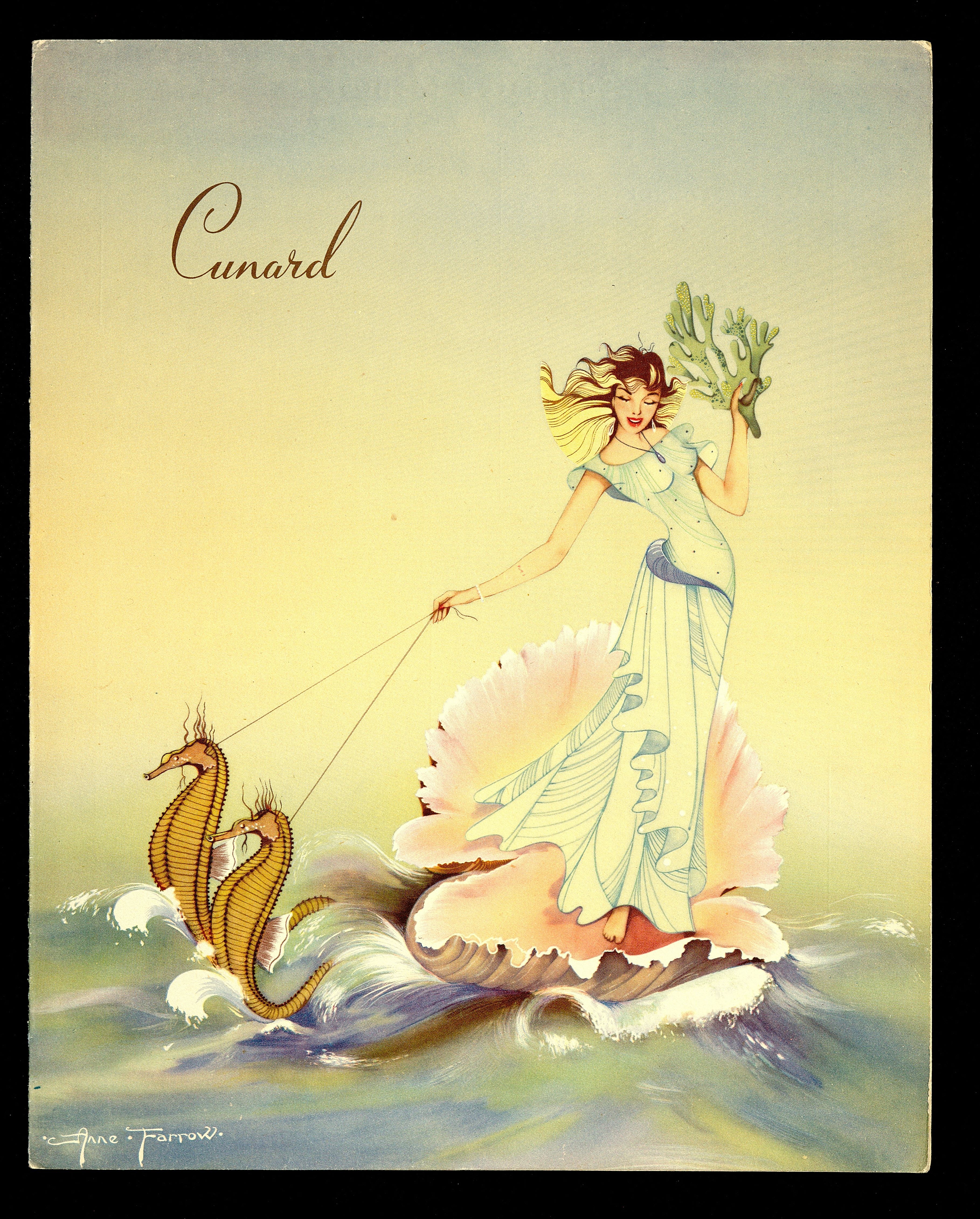
[Culinary Menu : Travel - Ships]. 1905-1997. In the Janice Bluestein Longone Culinary Archive.
This menu describes the luncheon served in the three-story first class “Grand Salon” dining room of the British R.M.S “Queen Mary” on Saturday, June 14, 1952, on their weekly trip between Cherbourg, France and New York, USA. Although the cruise ship was initially catered to the upper class before World War II, it eventually expanded to include the tourist classes as well. The menu on the ship changed daily and offered some of the fanciest dishes of the time. The “Queen Mary” is now permanently docked in Long Beach and serves as a floating museum and restaurant.
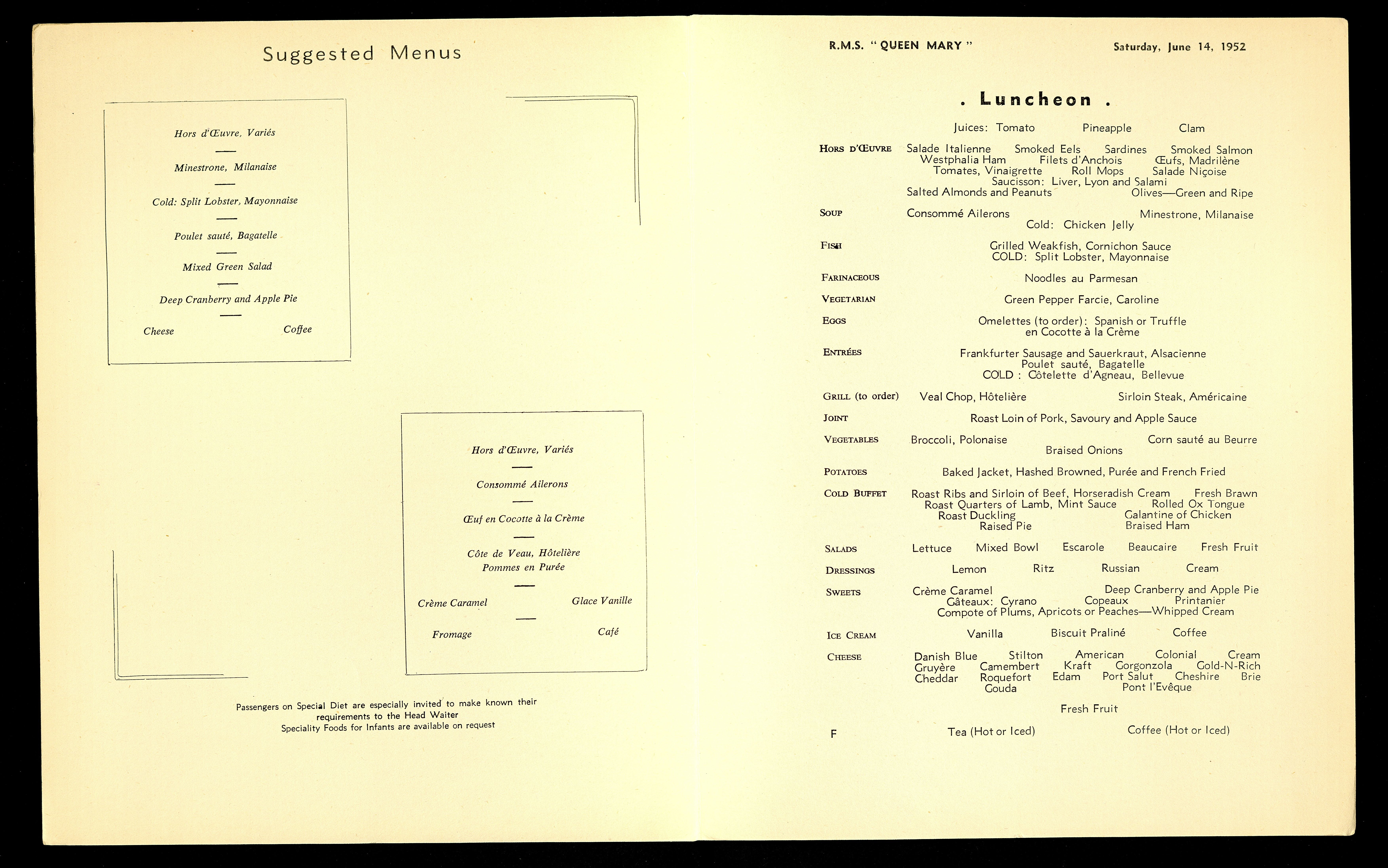
[Culinary Menu : Travel - Ships]. 1905-1997. In the Janice Bluestein Longone Culinary Archive.
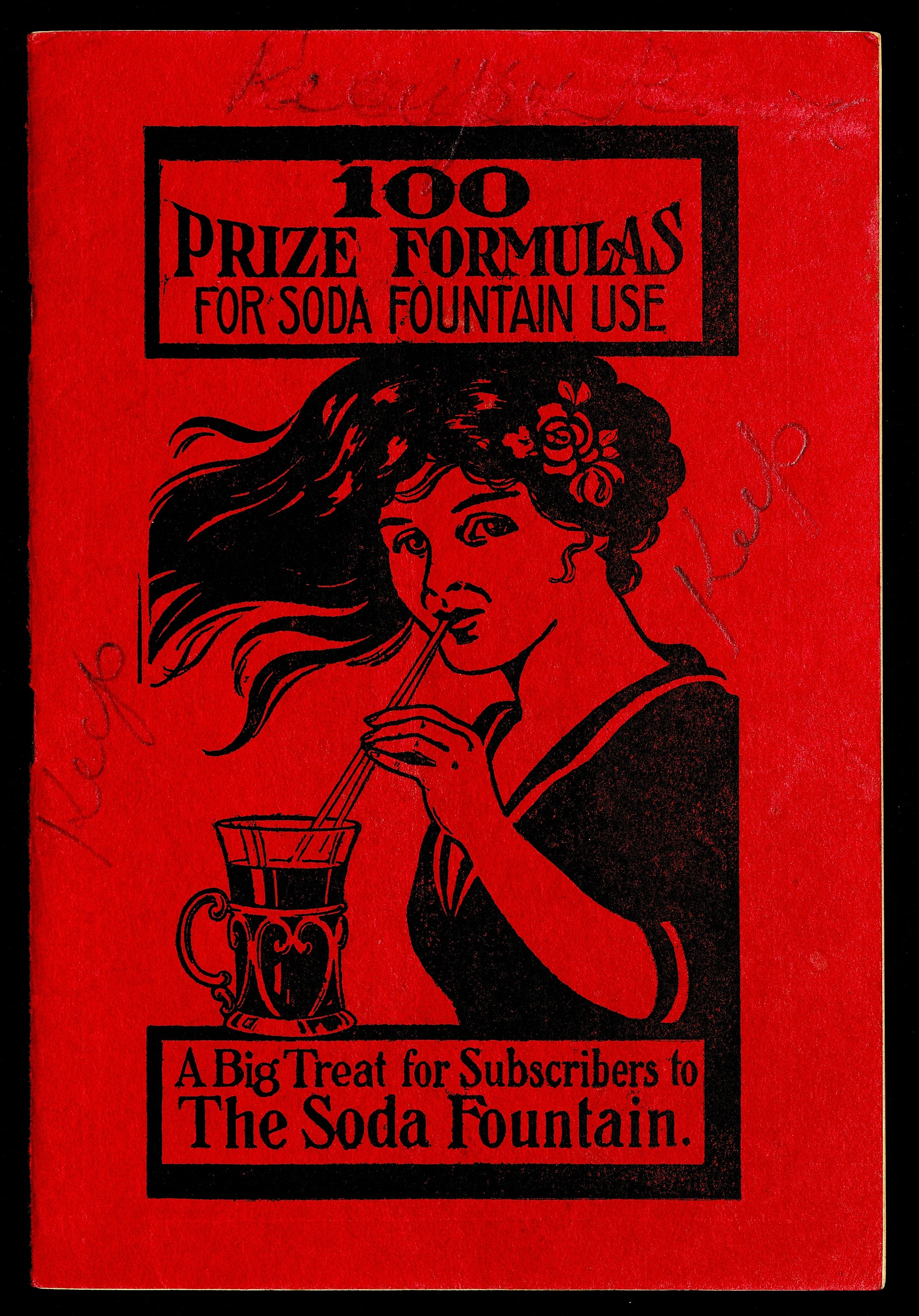
100 Prize Formulas for Soda Fountain Use. New York : D.O. Haynes & Co., c.1911. In the Janice Bluestein Longone Culinary Archive.
100 Prize Formulas for Soda Fountain Use. New York : D.O. Haynes & Co., c.1911. In the Janice Bluestein Longone Culinary Archive.
Pictured above is a copy of a 1920s issue of The Soda Fountain, a journal centered around the soda fountain business which sprouted in popularity in 1903 with the first counter soda fountain. The Soda Fountain was created to inform operators of commercial soda fountains in cafes, drugstores and restaurants about how to improve their operating and selling tactics to become more profitable. Also included was a list of the 100 most popular soda fountain recipes at the time of publishing. These early soda fountains built the foundation for the commonly found drink dispensers seen in modern restaurants today.
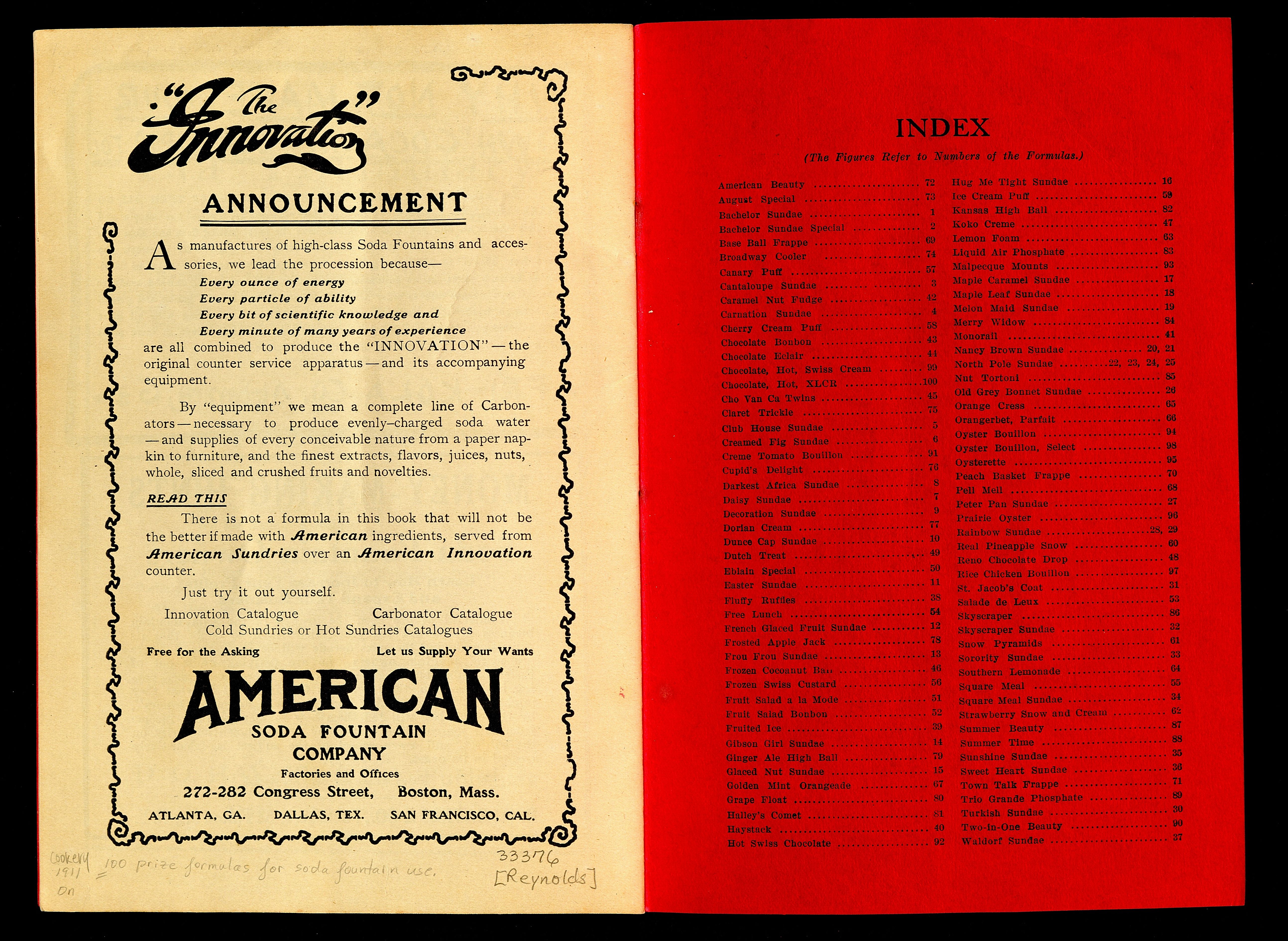
100 Prize Formulas for Soda Fountain Use. New York : D.O. Haynes & Co., c.1911. In the Janice Bluestein Longone Culinary Archive.
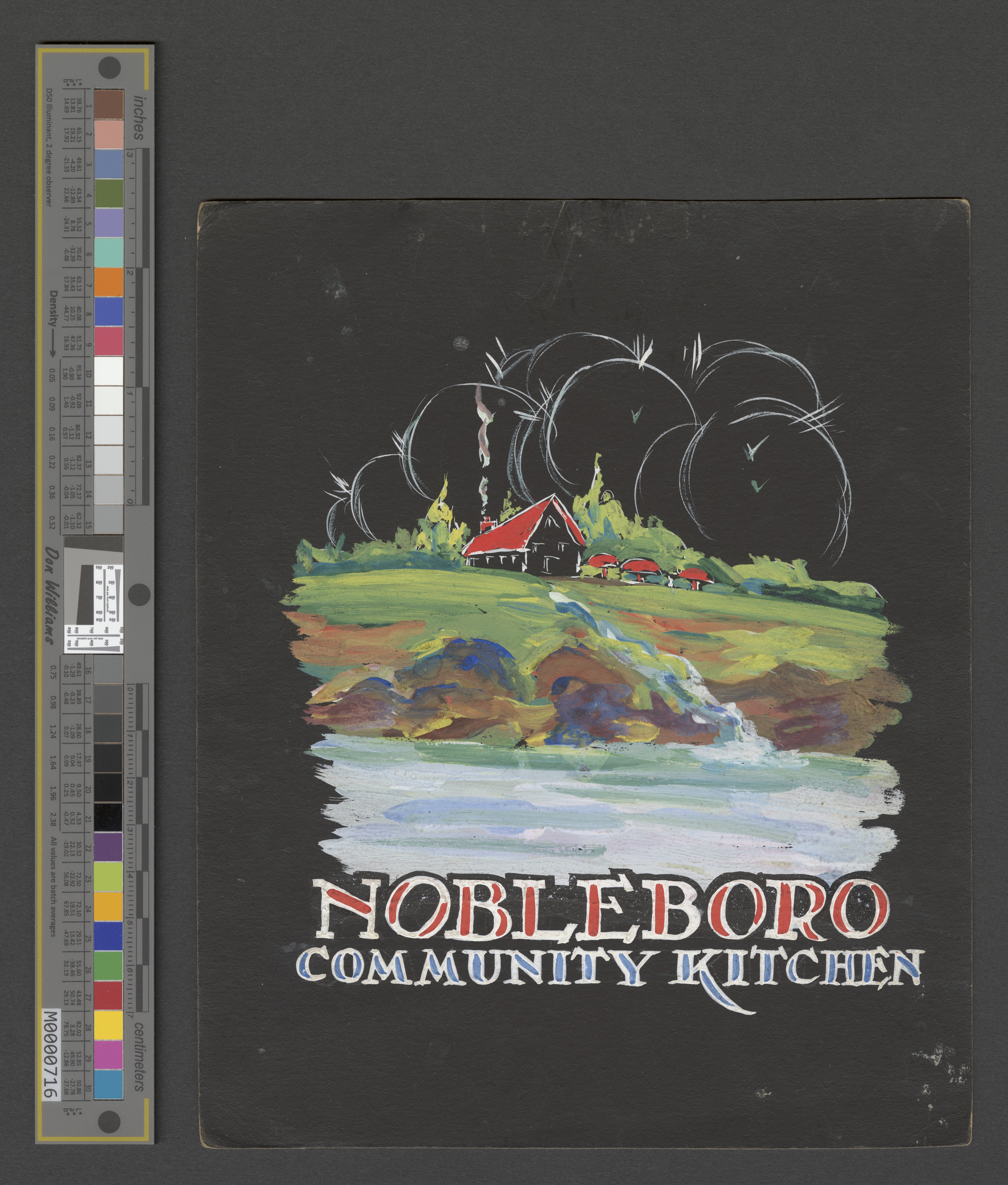
Mary Puffer and Alice Puffer, Nobleboro Community Kitchen menu, in the William L. Clements Library.
Sisters Mary and Alice Puffer ran a community kitchen in Nobleboro, Maine from the 1800s to the 1900s.
Paintings of the kitchen, as shown, and the kitchen menus were all hand-made. The sisters kept records of many recipes tied to family memories. Shown is a recipe for doughnuts and its significance to their family. They embraced a neighborly approach serving recipes suggested by townsfolk who also donated ingredients to the kitchen.
Women couldn’t own property until the 1900s, hence, the sisters rented different houses every year to operate the community kitchen. Their business exemplified rare female entrepreneurship of the era.

Recipe for Doughnuts from the Mary and Alice Puffer papers, 1830-1940, In the William L. Clements Library.